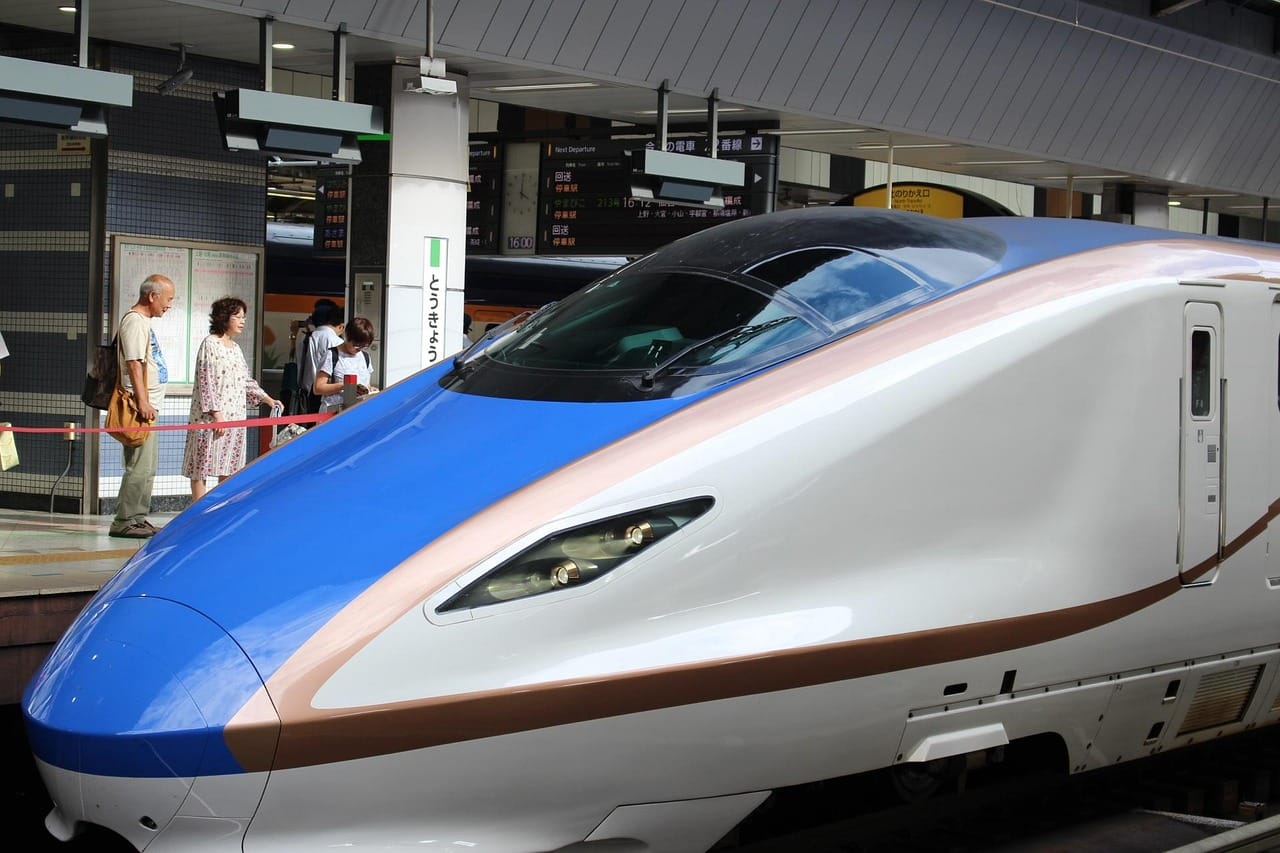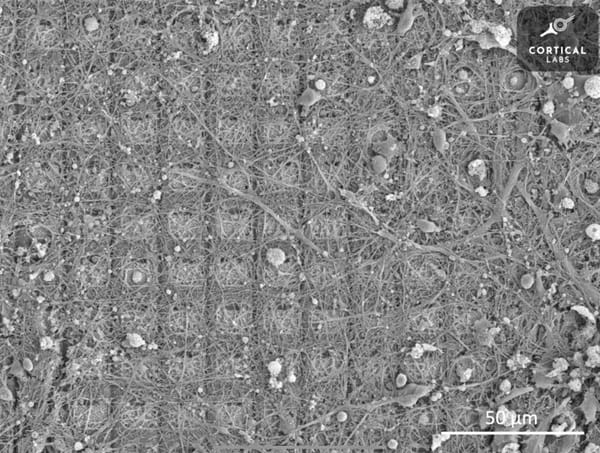Nature’s Blueprint: How Some of Humanity’s Best Designs Come From The Natural World

In a world that is constantly seeking new and innovative solutions, scientists, engineers, and designers are turning to an unexpected source of inspiration: nature itself. Biomimicry, the practice of learning from and mimicking the strategies found in the natural world, has driven breakthroughs in everything from architecture and medicine to robotics and transport.
What Is Biomimicry?
Nature as we know it has spent over 3.8 billion years refining solutions to complex problems - quietly engineering systems that are efficient, resilient, and optimised over millions of years. These very solutions that have been crafted over the course of time sometimes offer the greatest inspiration to the designers and problem solvers of today. This is what is known as biomimicry. Defined as ‘imitation of the living,’ biomimicry is a transformative approach to design and innovation that takes inspiration and suggestions from the natural world. Biomimicry permeates all walks of life, often in ways that aren't immediately obvious, from the Velcro on our clothes and shoes, to revolutionary modes of transportation, and even architectural masterpieces. This article will explore some of the greatest collaborations between man and nature.
The Shinkansen Bullet Train
In the 1990s, Japan’s Shinkansen bullet train was the pinnacle of modern engineering, boasting speeds of 170mph. However, it has one huge problem: every time it exited a tunnel, it pushed out waves of atmospheric pressure, generating sonic booms that could be heard from as far as 400 metres away. In the densely populated urban areas of Japan, it created disruption to the residents of surrounding areas.

As a response to this, a team of engineers, researchers and designers were brought together to create a solution. One man from that team, Eiji Nakatsu, would provide the necessary breakthrough from the most unlikely of sources. An avid birdwatcher and a member of the Wild Bird Society of Japan, Nakatsu based many elements of the newly developed 500 Series Shinkansen from birds. The pantographs of the train, the metal arm on top of a train that connects to the overhead electrical cables, drew inspiration from owls. The redesign was modelled after the wings of the owl, reducing noise by using the same serrations and curvature of their feathers that allowed them to silently swoop and catch their prey. The Adelie Penguin, whose smooth belly allows them to swim and slide effortlessly, inspired the pantograph supporting shaft, designed with the intention of lowering air resistance. And the most notable of all, the beak of the Kingfisher was central to the fresh look of the train. Nakatsu noticed how the Kingfisher was able to dive into the water with barely a splash. Their long, sharp beaks allowed them to break the surface of the water so that they could avoid the same shockwaves or disturbances that other birds did. By using this same principle, reshaping the nose to closely resemble that of the Kingfisher, engineers solved the tunnel boom problem almost immediately.
Velcro
In 1941, inventor George de Mestral was on a walk with his dog Milka. Upon returning, George noticed that his clothes and his dog’s fur were covered with small sticky seeds from the burdock plant called cockleburs. Instead of brushing them off and forgetting about it, he decided to study the cockleburs under a microscope. What he saw changed the entire fastening industry forever - these burrs were made up of thousands of tiny hooks that latched themselves onto the loops of fabric or hair.
This sparked his idea to mimic the structure as a potential fastener, giving birth to what we know today as Velcro. Consisting of two strips - one covered with hooks and the other with loops - when pressed together, Velcro locked tightly yet could be separated with ease and, crucially, without damage. Its lightweight, durable, and incredibly versatile nature meant it soon began to displace traditional fasteners such as zips or buttons.
Velcro quickly found applications everywhere: from clothing and sports equipment to medical equipment, even reaching outer space. NASA astronauts relied on Velcro in zero gravity to help them keep their equipment and tools in place. What makes Velcro such a powerful example of biomimicry lies in its simplicity: it doesn’t rely on adhesives, magnets, or advanced and expensive manufacturing processes. What began as an inconvenience on a walk has now become one of the world’s most versatile fastening systems.
The Gherkin
At 30 St Mary Axe in London stands one of the city’s most recognisable and well-known icons of the skyline: the Gherkin. With its curved glass facade and spiralling structure, its name draws from its resemblance to a pickle. However, perhaps lesser known is the fact that the design of the Gherkin finds its roots in biomimicry.
The design of the Gherkin is heavily steeped in energy efficiency, with its inspiration coming from the Venus flower basket sea sponge, a deep-sea organism that builds an intricate cylindrical skeleton out of silica. The sponge’s structure is extremely strong because of the lattice like framework distributing stress evenly. At the same time, its hollow form promotes effective water flow through its body, helping to clean and feed itself.
Architect Norman Foster and his team used these principles to inform the design of the Gherkin. Its tapered profile and curved surface reduce wind turbulence around the building. Instead of slamming into flat walls, air is channelled smoothly upwards. This meant that the building could more effectively distribute wind load and in turn required less reinforcement, saving materials and construction costs. Due to the diagonal lattice pattern, the Gherkin allows for a unique level of natural ventilation, with gaps in flooring allowing air to circulate between floors. The air moves through the double-layered facade, which creates a double-glazing effect and insulates the building through passive heating and cooling. As a result of this, the Gherkin uses around 50% of power than that of a comparable building.
What Next?
As we design the next generation of infrastructure, tools, and buildings, biomimicry offers us an unparalleled guiding principle. Evolution has created and tested countless designs from which only the robust and effective have stood the test of time to form the world around us.
Biomimicry reminds us that nature is the ultimate guiding force, allowing the engineers, scientists, and designers of today build a more innovative and sustainable future.
Bibliography
https://biomimicry.org.nz/the-shinkansen-and-the-kingfisher-a-tale-of-biomimicry-in-high-speed-rail-design
https://www.raycandersonfoundation.org/articles/from-bullet-trains-to-green-buildings-innovators-take-cue-from-nature-through-biomimicry
https://digital.auraria.edu/work/ns/ceaccee8-97f0-4ef3-a2ca-13aa08981f66
https://sites.gatech.edu/magnifyinginnovation/biomimicry-in-action
https://www.microphotonics.com/biomimicry-burr-invention-velcro
https://www.loc.gov/everyday-mysteries/technology/item/who-came-up-with-the-idea-for-velcro
https://www.velcro.com/news-and-blog/2020/07/a-mind-blowing-biomimicry-examples
https://www.theguardian.com/environment/2022/nov/23/velcro-bullet-trains-and-robotic-arms-nature-mother-of-invention-aoe
https://en.wikipedia.org/wiki/Hook-and-loop_fastener
https://pmc.ncbi.nlm.nih.gov/articles/PMC10204470
https://steemit.com/architecture/@snaves/biomimetic-architecture-the-gherkin



